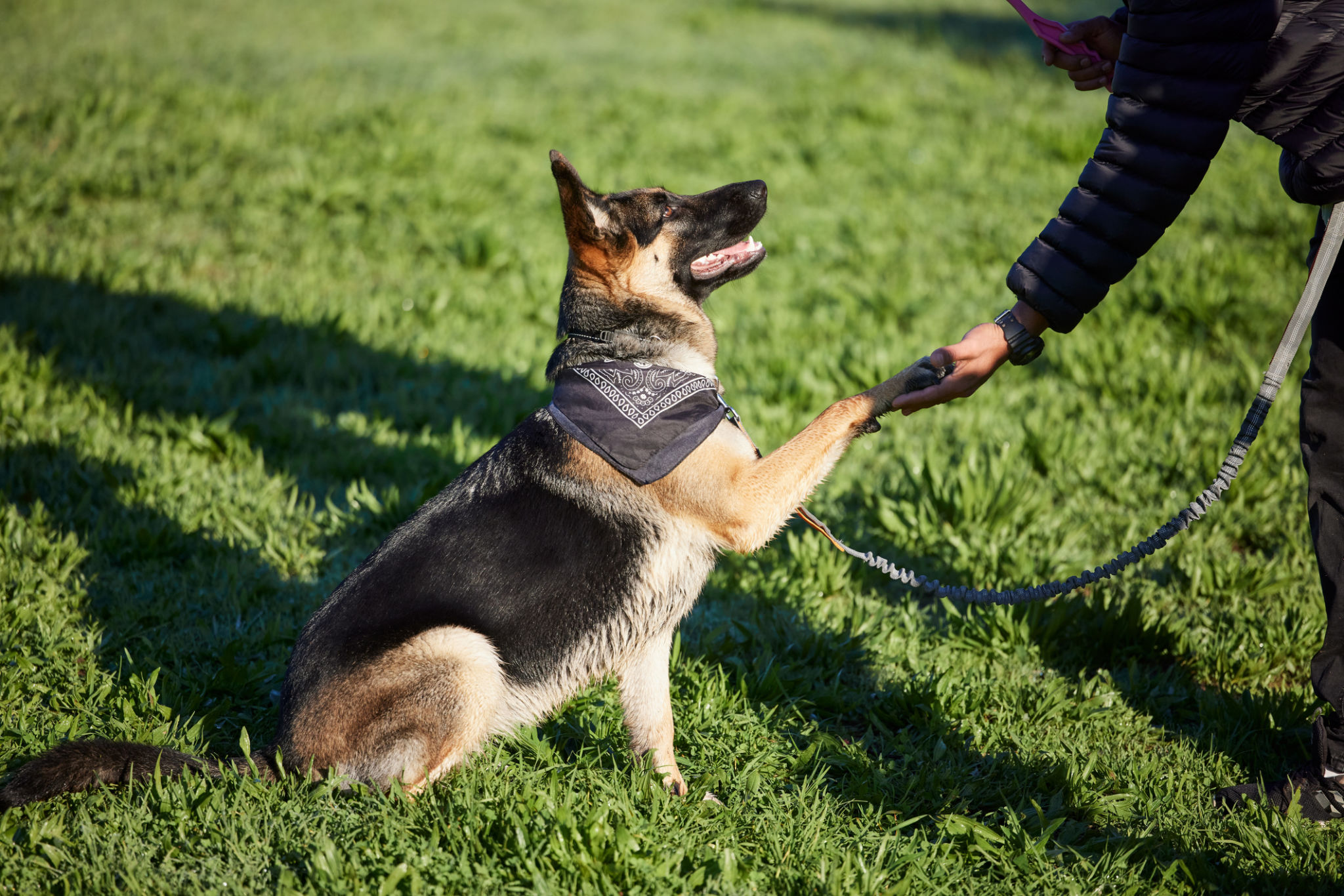Top Dog Training Tips from Alameda Experts
LM
Understanding Your Dog’s Behavior
Training your dog can be a rewarding experience, but it requires patience and understanding. According to Alameda experts, the first step is to understand your dog’s behavior. Dogs communicate through body language, so observing your pet’s signals can provide valuable insights into their needs and feelings. Look for signs of stress, excitement, or discomfort to better tailor your training approach.
Consistency is key. Dogs thrive on routine and predictability. Establishing a consistent schedule for feeding, walking, and training can help your dog feel more secure and responsive. Make sure everyone in your household is on the same page to avoid confusing your pet with mixed signals.

Positive Reinforcement Techniques
Positive reinforcement is one of the most effective training methods. This involves rewarding your dog for good behavior, encouraging them to repeat these actions. Treats, praise, and play are excellent motivators. Experts recommend timing the reward immediately after the desired behavior to reinforce the connection.
Avoid using punishment as a training tool, as it can lead to fear and anxiety. Instead, focus on redirecting unwanted behaviors and rewarding the positive ones. Remember, patience is essential; some dogs may take longer to learn new commands.
Using Clicker Training
Clicker training is a popular method among Alameda trainers. This technique uses a small device that makes a clicking sound to mark the desired behavior. When paired with a treat, the clicker helps your dog understand exactly what action is being rewarded. Start with simple commands and gradually increase complexity as your dog becomes more confident.

Socialization: A Key Component
Socialization is crucial for a well-adjusted dog. Exposing your dog to different environments, people, and other animals can prevent behavioral issues and build confidence. Alameda experts suggest starting socialization early, ideally during the puppy stage, but adult dogs can benefit from it as well.
Organize playdates with other dogs, visit dog-friendly parks, and gradually introduce your dog to new experiences. Always supervise interactions to ensure they are positive and safe. If your dog shows signs of fear or aggression, consult a professional trainer for guidance.

Basic Commands Every Dog Should Know
Teaching your dog basic commands not only improves behavior but also enhances safety. Start with essential commands like “sit,” “stay,” “come,” and “leave it.” These commands can prevent dangerous situations and make everyday activities more manageable.
Break training sessions into short, focused intervals to maintain your dog’s attention. Alameda trainers recommend practicing in different locations to help your dog generalize the commands in various settings. Consistency and repetition are crucial to mastering these skills.
Addressing Behavioral Issues
Sometimes, dogs develop behavioral issues such as excessive barking, chewing, or digging. Understanding the root cause is essential for effective intervention. Often, these behaviors stem from boredom, anxiety, or lack of exercise.
Provide your dog with plenty of physical and mental stimulation. Toys, puzzles, and regular exercise can alleviate many common issues. If problems persist, consider seeking advice from a professional trainer or veterinarian.

The Importance of Patience and Persistence
Training a dog is a journey that requires time, patience, and persistence. Every dog learns at their own pace, so it's crucial to remain patient and consistent. Celebrate small victories and gradually work towards larger goals.
Alameda experts emphasize the importance of building a strong bond with your dog through positive interactions and training. This relationship forms the foundation for successful training and a happy, well-behaved pet.
